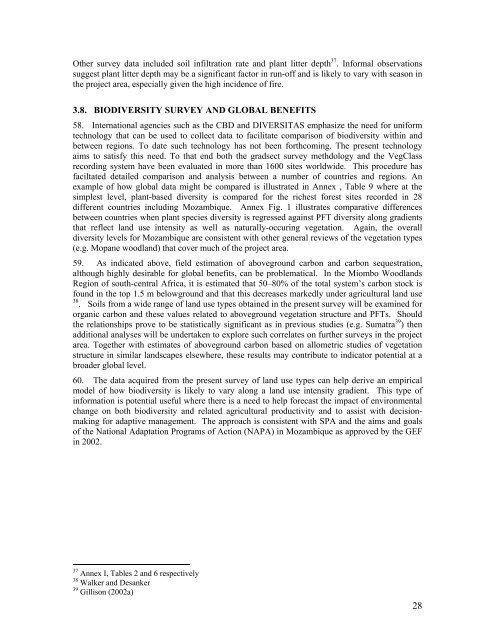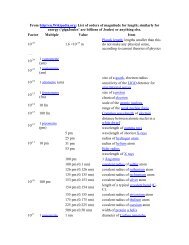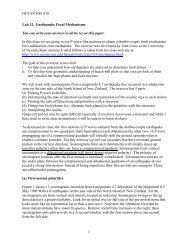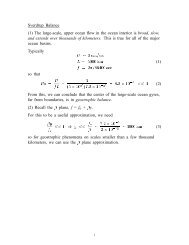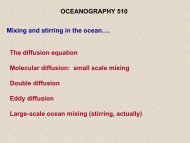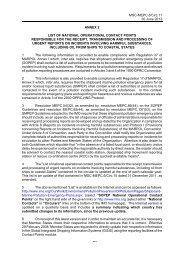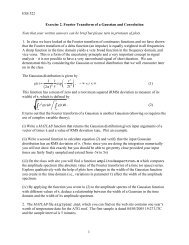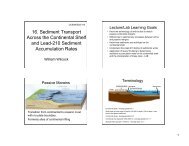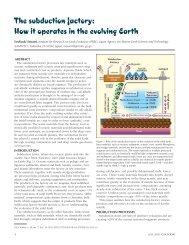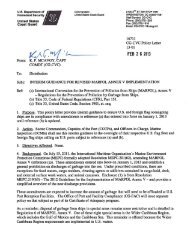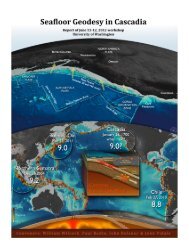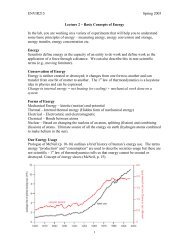LOWER ZAMBEZI RIVER BASIN BASELINE DATA ON LANDUSE ...
LOWER ZAMBEZI RIVER BASIN BASELINE DATA ON LANDUSE ...
LOWER ZAMBEZI RIVER BASIN BASELINE DATA ON LANDUSE ...
You also want an ePaper? Increase the reach of your titles
YUMPU automatically turns print PDFs into web optimized ePapers that Google loves.
Other survey data included soil infiltration rate and plant litter depth 37 . Informal observationssuggest plant litter depth may be a significant factor in run-off and is likely to vary with season inthe project area, especially given the high incidence of fire.3.8. BIODIVERSITY SURVEY AND GLOBAL BENEFITS58. International agencies such as the CBD and DIVERSITAS emphasize the need for uniformtechnology that can be used to collect data to facilitate comparison of biodiversity within andbetween regions. To date such technology has not been forthcoming. The present technologyaims to satisfy this need. To that end both the gradsect survey methdology and the VegClassrecording system have been evaluated in more than 1600 sites worldwide. This procedure hasfaciltated detailed comparison and analysis between a number of countries and regions. Anexample of how global data might be compared is illustrated in Annex , Table 9 where at thesimplest level, plant-based diversity is compared for the richest forest sites recorded in 28different countries including Mozambique. Annex Fig. 1 illustrates comparative differencesbetween countries when plant species diversity is regressed against PFT diversity along gradientsthat reflect land use intensity as well as naturally-occuring vegetation. Again, the overalldiversity levels for Mozambique are consistent with other general reviews of the vegetation types(e.g. Mopane woodland) that cover much of the project area.59. As indicated above, field estimation of aboveground carbon and carbon sequestration,although highly desirable for global benefits, can be problematical. In the Miombo WoodlandsRegion of south-central Africa, it is estimated that 50–80% of the total system’s carbon stock isfound in the top 1.5 m belowground and that this decreases markedly under agricultural land use38 . Soils from a wide range of land use types obtained in the present survey will be examined fororganic carbon and these values related to aboveground vegetation structure and PFTs. Shouldthe relationships prove to be statistically significant as in previous studies (e.g. Sumatra 39 ) thenadditional analyses will be undertaken to explore such correlates on further surveys in the projectarea. Together with estimates of aboveground carbon based on allometric studies of vegetationstructure in similar landscapes elsewhere, these results may contribute to indicator potential at abroader global level.60. The data acquired from the present survey of land use types can help derive an empiricalmodel of how biodiversity is likely to vary along a land use intensity gradient. This type ofinformation is potential useful where there is a need to help forecast the impact of environmentalchange on both biodiversity and related agricultural productivity and to assist with decisionmakingfor adaptive management. The approach is consistent with SPA and the aims and goalsof the National Adaptation Programs of Action (NAPA) in Mozambique as approved by the GEFin 2002.37 Annex I, Tables 2 and 6 respectively38 Walker and Desanker39 Gillison (2002a)28


